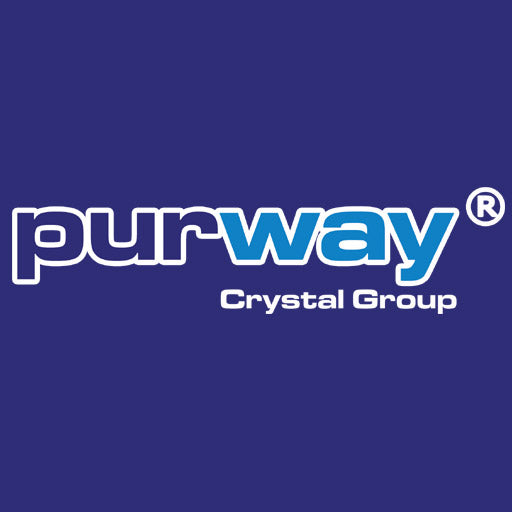Hello everybody,
I saw an earlier thread about reserse osmosis but decided to write my own because I have a different question.
The starting situation is as following:
I have to parachromis dovii aquariums that require a lot of clear water and frequent water changes. My dwell water even when filtered professionally isn't crystal clear. So I decided to buy a reverse osmosis system. I have just set it up and it seems to work well. I produces some 150L/min. The measured water levels after osmosis are about Ph-6, KH-1, GH-1.
In my aquarium water values are now about Ph-7,5, GH-8, KH-5.
My question:
Please advice is there any danger to fish when I am adding osmosis water during water change (usually 30% change) and then I correct the Ph/GH and KH values with correct doses.
Please advice do you use those products that aquarium shops sell to correct Ph/GH and KH or do you just buy them from grocery store (baking soda) and some crushed coral for higher KH?
I saw an earlier thread about reserse osmosis but decided to write my own because I have a different question.
The starting situation is as following:
I have to parachromis dovii aquariums that require a lot of clear water and frequent water changes. My dwell water even when filtered professionally isn't crystal clear. So I decided to buy a reverse osmosis system. I have just set it up and it seems to work well. I produces some 150L/min. The measured water levels after osmosis are about Ph-6, KH-1, GH-1.
In my aquarium water values are now about Ph-7,5, GH-8, KH-5.
My question:
Please advice is there any danger to fish when I am adding osmosis water during water change (usually 30% change) and then I correct the Ph/GH and KH values with correct doses.
Please advice do you use those products that aquarium shops sell to correct Ph/GH and KH or do you just buy them from grocery store (baking soda) and some crushed coral for higher KH?






